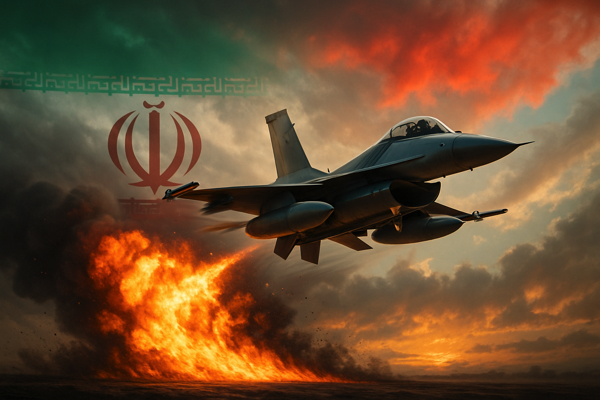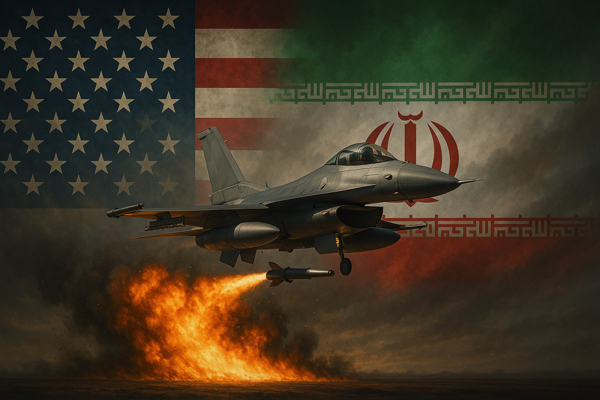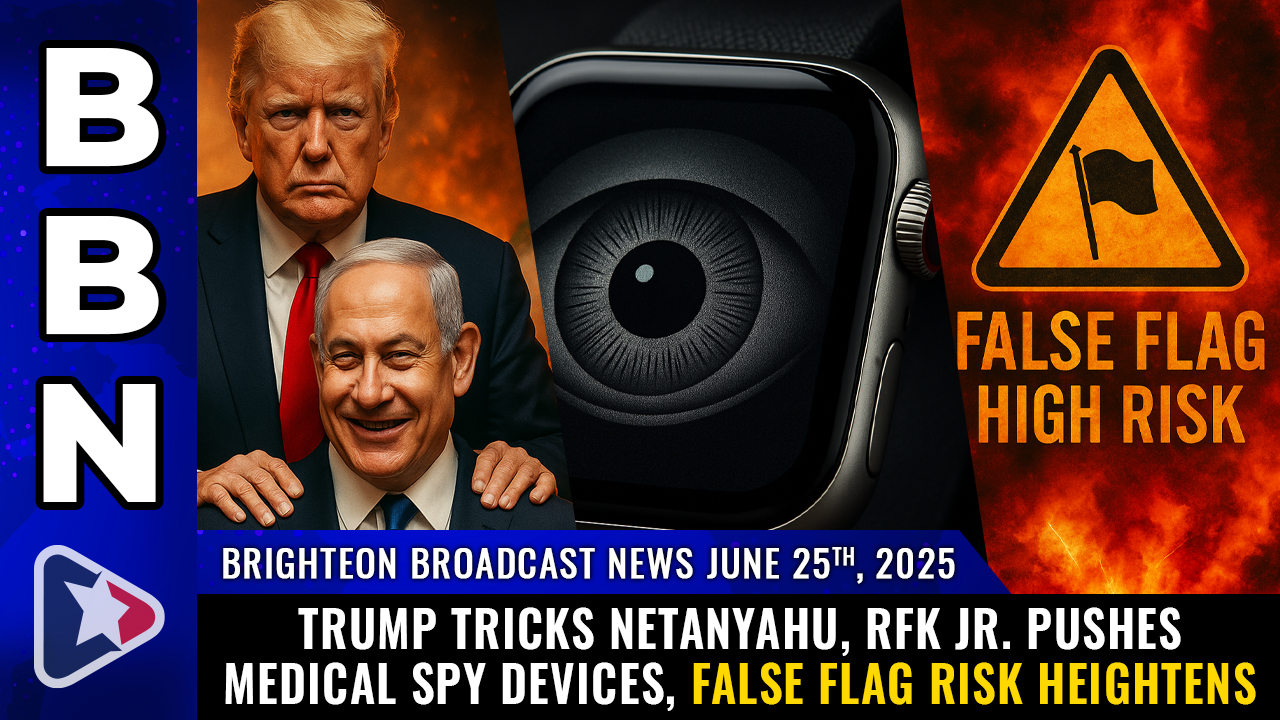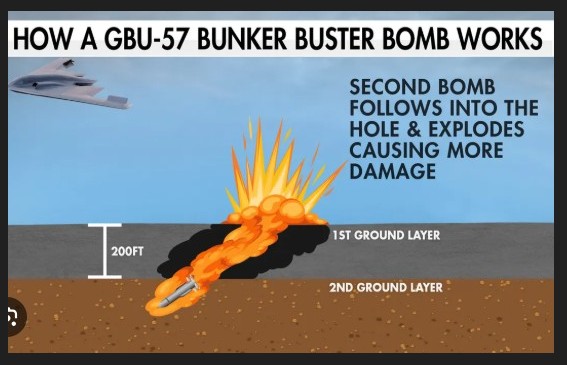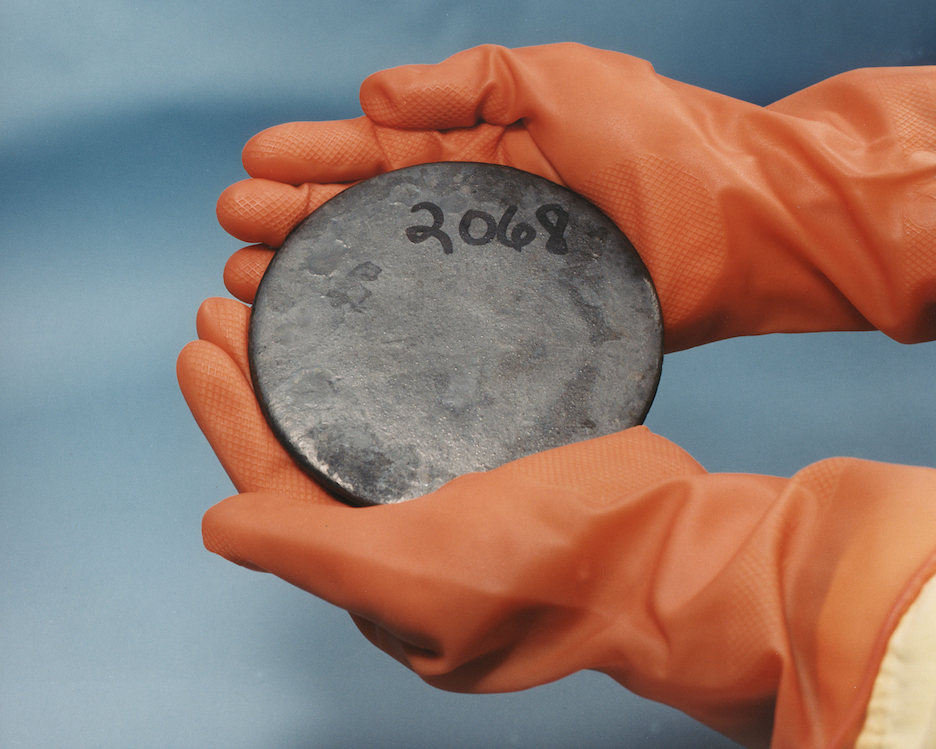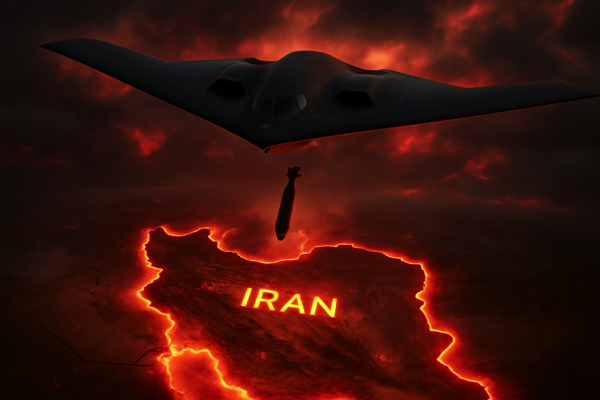Satellite images reveal U.S. bombing of Iran’s Fordow facility was largely theatrical
06/23/2025 / By Finn Heartley

- Satellite imagery contradicts U.S. claims, showing only superficial damage at Iran’s Fordow nuclear facility despite assertions the strike “totally obliterated” Iran’s nuclear capabilities.
- Conventional bombs, not bunker busters, were used, with scattered entry holes suggesting a symbolic show of force rather than a decisive military strike.
- Iran was warned in advance, evacuating enriched uranium and equipment before the attack, undermining the operation’s strategic impact.
- Critics call the strike political theater, designed for optics rather than military success, potentially fueling further escalation with Iran or Israeli pressure for more strikes.
- Global risks escalate, as Iran may accelerate its nuclear program or provoke a crisis (e.g., closing the Strait of Hormuz), raising fears of prolonged conflict.
Newly released satellite imagery from Maxar Technologies has cast doubt on the effectiveness of the recent U.S. airstrike on Iran’s Fordow nuclear facility, revealing only superficial damage despite claims by the Trump administration that the operation “totally obliterated” Iran’s nuclear capabilities. The images, analyzed by military experts, show just six munition entry holes on the mountainside where the facility is buried—far from the catastrophic destruction implied by official statements.
A Strike of Limited Impact
The Fordow facility, built deep inside a mountain with layers of reinforced concrete, was struck by what appears to be conventional bombs rather than the deep-penetrating “bunker buster” munitions touted by U.S. officials. Analysts note that for bunker busters to be effective, multiple strikes must target the same entry point to progressively breach underground structures. Instead, the scattered impact sites suggest a deliberate avoidance of maximum destruction.
“These are not bunker buster strikes,” said one weapons expert familiar with the imagery. “If they were, you’d see massive craters, landslides, or structural collapse. This looks more like a symbolic show of force.”
Iran Warned in Advance
Sources indicate that Tehran was given prior notice of the attack, allowing it to evacuate enriched uranium and key equipment from Fordow. Satellite photos from the days before the strike show convoys of trucks leaving the site, further undermining the strategic value of the operation.
“The Iranians knew exactly what was coming and where,” said a high-ranking Iranian political source. “This was a performative strike, not a decisive military action.”
Political Theater Over Strategic Victory
Critics argue the operation was designed more for domestic and geopolitical optics than actual military success. By declaring the nuclear program “eliminated,” the Trump administration may be attempting to de-escalate tensions while appeasing hardline factions demanding aggressive action against Iran.
However, the limited damage raises questions about whether the U.S. is truly disengaging from the conflict or merely setting the stage for further escalation. Israeli officials, who have long pushed for a full-scale war with Iran, may now pressure Washington to launch additional strikes, claiming the first round failed.
Global Repercussions
The strike’s ineffectiveness could embolden Iran to accelerate its nuclear ambitions, with analysts predicting the country may soon declare itself a nuclear-armed state. Meanwhile, the risk of regional conflict remains high, as Iran’s parliament has already voted to close the Strait of Hormuz—a move that could trigger a global energy crisis.
As Colonel Douglas McGregor warned, “The war is just beginning.” Whether the U.S. can extricate itself from this spiral of escalation—or is dragged deeper into a broader conflict—remains to be seen.
For now, the satellite images tell a clear story: The bombing of Fordow was more spectacle than substance.
Watch the June 23 episode of “Brighteon Broadcast News” as Mike Adams, the Health Ranger, talks about how Israel may have just destroyed itself…while Trump carries out war theater.
This video is from the Health Ranger Report channel on Brighteon.com.
More related stories:
Bannon warns against “Israel First” in U.S. policy as Trump champions pro-Israel stance
War on Gaza: How Israel is replicating Nazi starvation tactics
Trump eyes $1 trillion Saudi investments as Gaza war stalls Israel deal
Sources include:
Submit a correction >>
Tagged Under:
Collapse, current events, Donald J. Trump, EMP attack, insanity, Iran, Israel, Israel First, Leftist violence, Libtards, Middle East, national security, politics, prepper, President Trump, protest, Trump, Trump administration, Trump White House, violence, War, White House, ww3
This article may contain statements that reflect the opinion of the author
RECENT NEWS & ARTICLES
COPYRIGHT © 2017 WHITE HOUSE NEWS


